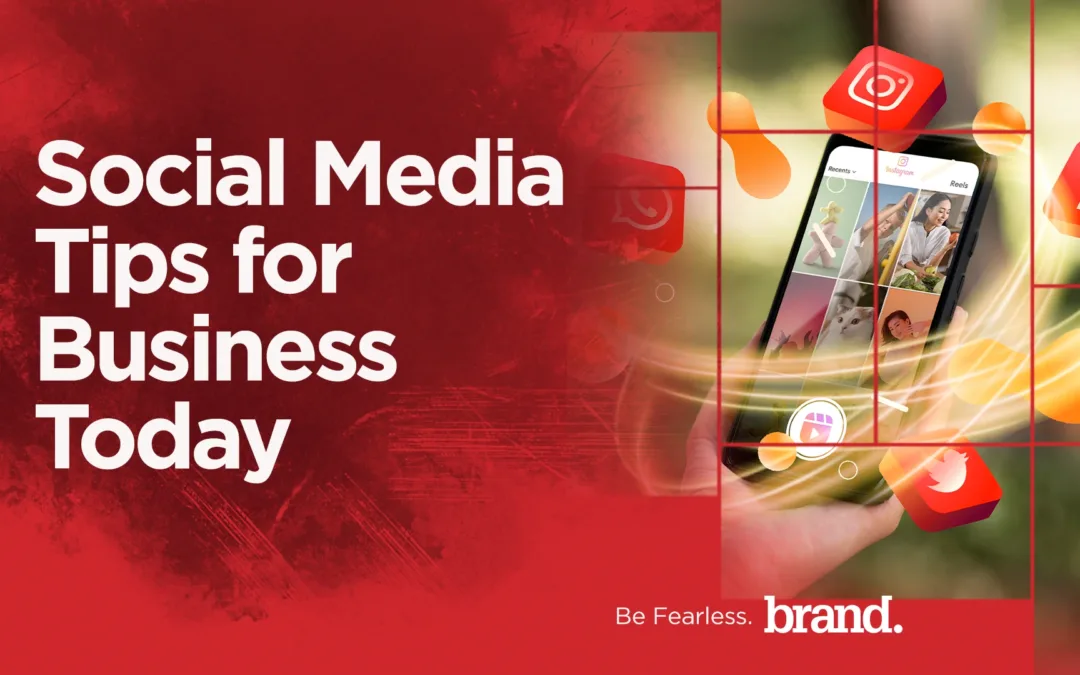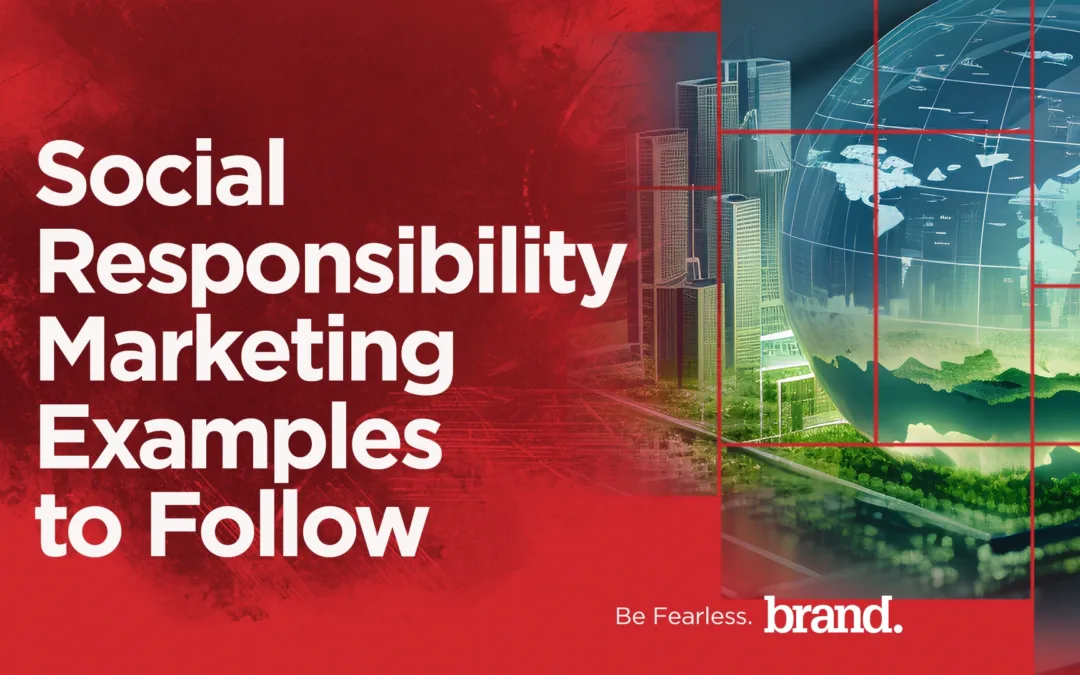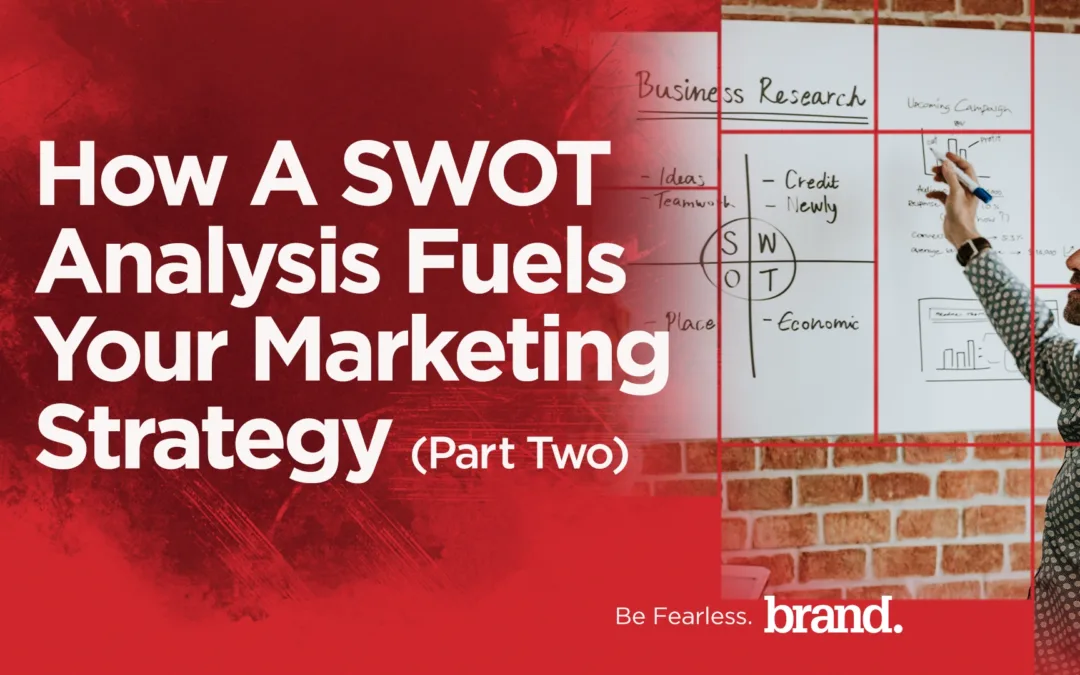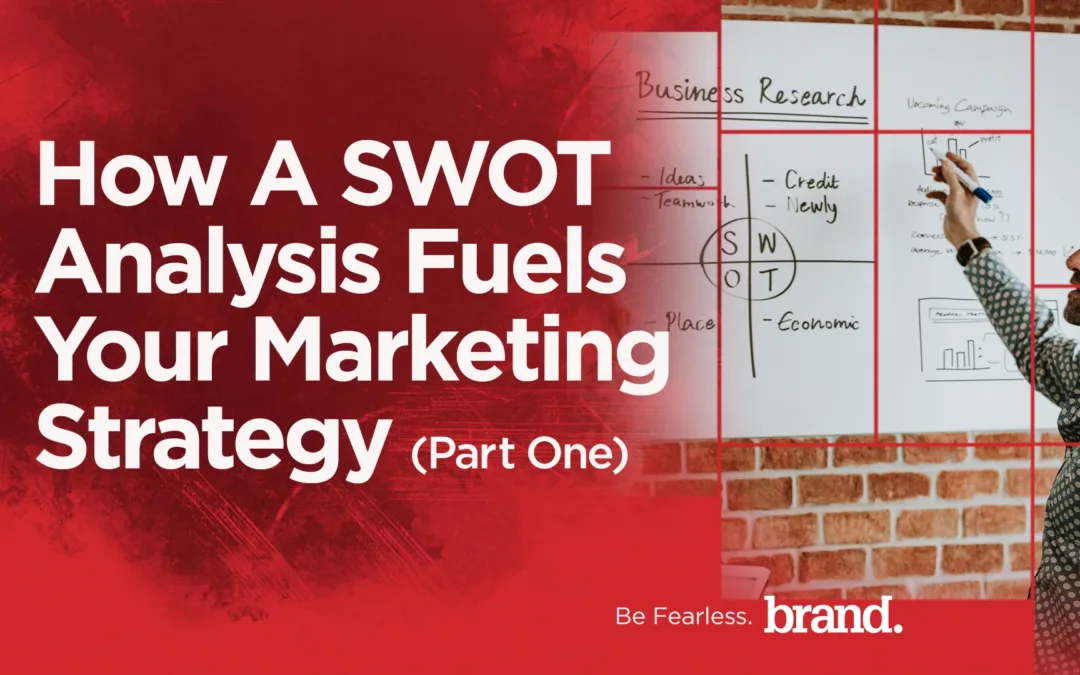Discover what flywheel marketing is and how it plays a pivotal role in your business’s overall visibility and ability to attract and convert more customers.
The New Spin On Winning and Retaining Customers
For years, businesses have used the marketing funnel to illustrate the process that turns prospects into customers. It begins at the top of the funnel with creating brand or product awareness and progresses downward in a straight line generating interest, desire and action along the way. In this model, the end of the line is usually a conversion, the point where prospects buy your product, donate to your cause, sign up to receive your emails, contact you – whatever action you want them to take.
But the marketing funnel doesn’t show what happens next, after prospects become customers. How you get them to buy again, buy more, buy in to your brand and become loyal advocates who promote and endorse it to others. That’s because the marketing process isn’t linear, it’s circular. It doesn’t end with a sale; it continuously serves and satisfies the customer. It’s not a marketing funnel, it’s a marketing flywheel.
OK. What’s That?
Think of a potter’s wheel. You pump the pedals to make a stone disk start turning. The disk is a flywheel that stores the energy from your pedaling and keeps it spinning even after you stop pedaling. When the disk starts to lose its energy and slow down, you simply pump the pedals a few times to get it back up to speed. So, while it takes more energy to get the flywheel moving, it takes far less energy to keep it moving.
You spend a lot of energy, time and money to attract prospects and convert them into customers. Why not use a marketing strategy that feeds off the energy created by satisfied customers to generate even more business? A strategy that takes much less time and money to sustain and generates a much greater ROI.
The Flywheel Marketing Strategy
The flywheel marketing model puts the customer at the center of your marketing efforts, not at the end. Everything you do revolves around transforming a prospect from a worthless lump of clay into one of your most valuable assets: an ideal customer. It represents a more dynamic, hands-on approach to creating lasting, win/win customer relationships.
Instead of fixating on simply making a sale, flywheel marketing focuses on continuous customer satisfaction, long-term customer retention and loyalty that leads to passionate advocacy. It harnesses the energy and momentum generated by loyal customers to drive new business and accelerate growth. And it’s reshaping the way we develop marketing and sales strategies.
A flywheel marketing strategy has three main phases: Attract, Engage and Delight. Each phase is critical to keeping the wheel spinning smoothly and quickly. When you attract, engage and delight prospects, they become satisfied, receptive customers. This enables you to:
- More easily attract them to additional products, offers and opportunities.
- Re-engage them with additional content that informs, educates, entertains and persuades.
- Delight them again and again.
By constantly repeating these phases, a flywheel marketing strategy uses the momentum gained from continuous customer satisfaction to power a self-sustaining cycle of growth.
Phase 1: Attract
You’re out there, using all the digital tools at your disposal – content marketing, social media, the works – to catch the eye of your would-be customers. This stage is all about drawing people in with something valuable and relatable, making them think, “Hey, these folks get me.”
The flywheel marketing cycle begins with creating awareness and establishing trust among your potential customers. Your flywheel marketing strategy uses SEO, content marketing, social media campaigns and other digital marketing techniques to deliver tailored, personalized messages that reach, relate to and resonate with your target audience.
It tells captivating stories that compel prospects to discover your brand, products and services. It convinces them that you understand who they are, what they want and what they don’t want. It assures them that building a relationship with your brand is desirable and valuable.
Phase 2: Engage
Once you have their attention, it’s time to reach out, connect and start building and nurturing those relationships. Your flywheel marketing strategy uses engaging, interactive content and personalized emails, chats and conversations to show prospects and customers that they’re a welcome member of your brand’s extended family. That you’re not just there for the sale. You’re there for them.
Flywheel marketing fosters engagement that builds relationships based on openness, shared interests and shared experiences. This invites prospects and customers to relate to, rely on and trust your brand. Once they do, you’re no longer a something they want to buy. You’re a someone they want to know.
Phase 3: Delight
Now that you’re ready to make all the time and energy you’ve invested in attracting and engaging customers pay off, you don’t just sell them, you delight them. You don’t just satisfy their expectations, you blow them away. And you definitely do not love ‘em and leave ‘em.
This is perhaps the most critical phase of flywheel marketing. Delighting customers takes consistently excellent products, offers and customer service, as well as constant relationship marketing. The goal is to deliver a superb customer experience that:
- Is unique to your brand.
- Surpasses your competitors.
- Constantly fosters and strengthens relationships that benefit your customers and your brand time and time again.
Delighted customers become loyal, long-term customers and brand advocates who actively and enthusiastically recommend your brand, products and services to others.
An effective flywheel marketing strategy integrates personalized marketing and loyalty programs, customer feedback channels, social media engagement, and more to help you better understand, anticipate ever-evolving customer needs and preferences. This constant communication and interaction accelerate the cycle of attraction, engagement and delight. It keeps the relationships growing and benefits flowing.
Flywheel marketing flips the script on traditional marketing. It’s no longer about chasing another sale. It’s about creating and sustaining an experience and a relationship that keeps customers coming back for more and bringing their friends along for the ride.
If your business is looking to add these strategies to your current marketing mix, needs a new agency with a full-spectrum approach or is a startup in need of a marketing agency partner, contact us. We’re ready to help.






